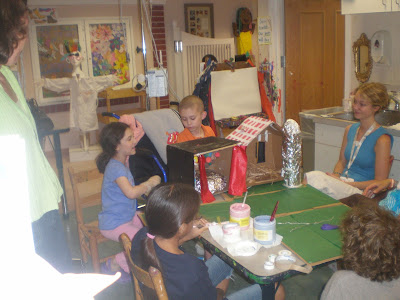Tonight's picture was taken on August 18, 2009. Mattie was home temporarily and was playing with his remote controlled boats in his kiddie pool. That pool was once a place Mattie would go into and play, but given how Mattie was feeling and the fact that his broviac catheter wasn't allowed to get wet, he no longer went in the water. So he sat in a chair, wore his Captain Mattie hat and played with his boats. Mattie loved boats and wanted to save his pennies to buy a real boat one day. That was his wish. It is hard to believe that Mattie died 22 days after this photo was taken.
Quote of the day: Today's coronavirus update from Johns Hopkins.
- number of people diagnosed with the virus: 4,603,204
- number of people who died from the virus: 153,986
Thanks to Sunny, we have outings outside of our home on a daily basis. Given the intense heat, we like to walk Sunny at local parks. It assures us wide open green spaces, peacefulness, and an adventure for Sunny. Given Sunny's age and that he is recovering from knee surgery, we try not to push him. His mind is willing, but the body can't always keep up. Nonetheless, he gets water breaks along the way and time to take in his surroundings.
Turkey Run Park is a beautiful place! There are trails to walk in the woods and then there is also this wonderful pavement! We like taking Sunny on both trails and pavement. It breaks up the walk.
Through the trees, you are looking at the Potomac River. It is a wonderful escape from the city and living in constant lock down.
Turkey Run Park is a beautiful place! There are trails to walk in the woods and then there is also this wonderful pavement! We like taking Sunny on both trails and pavement. It breaks up the walk.
Through the trees, you are looking at the Potomac River. It is a wonderful escape from the city and living in constant lock down.























